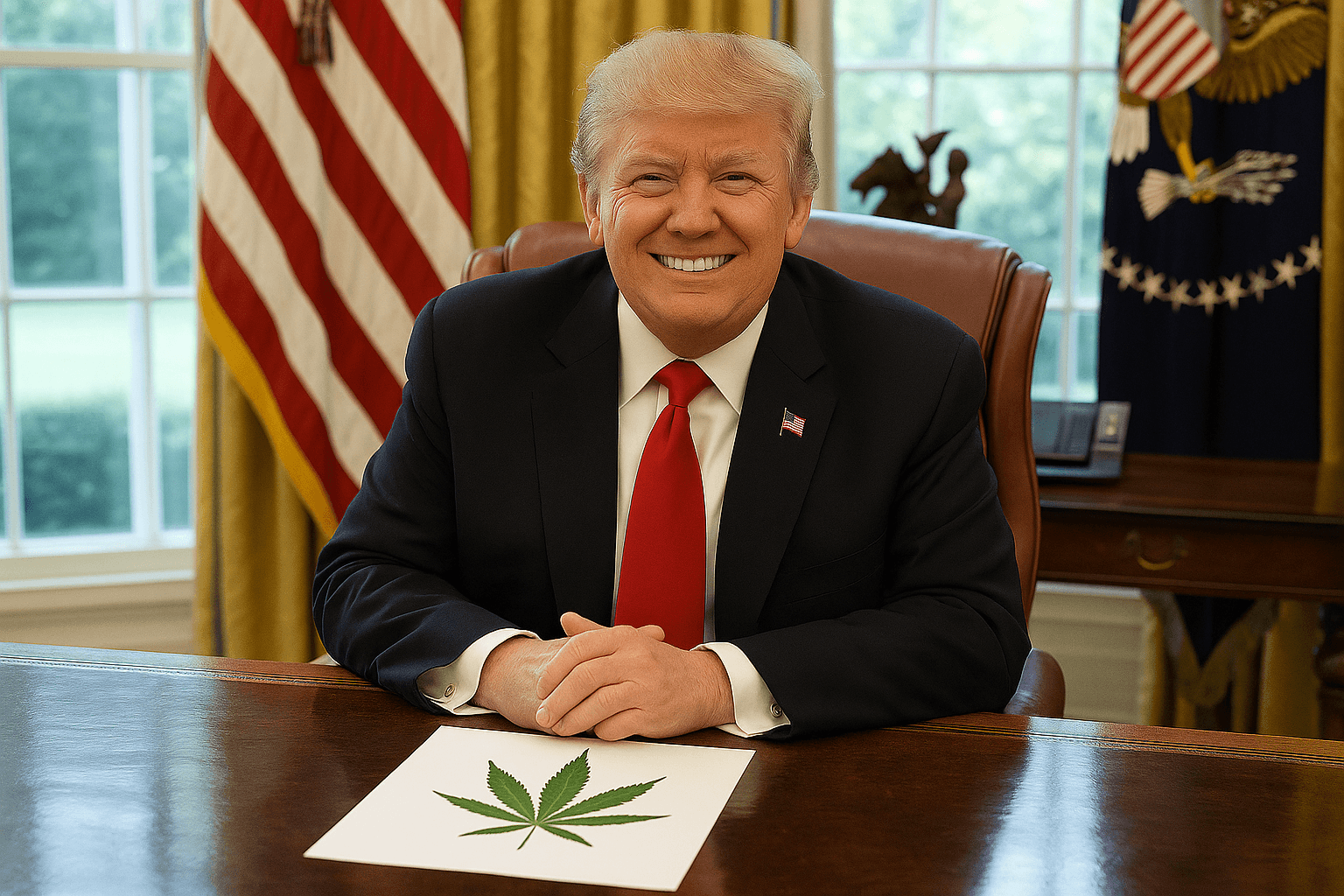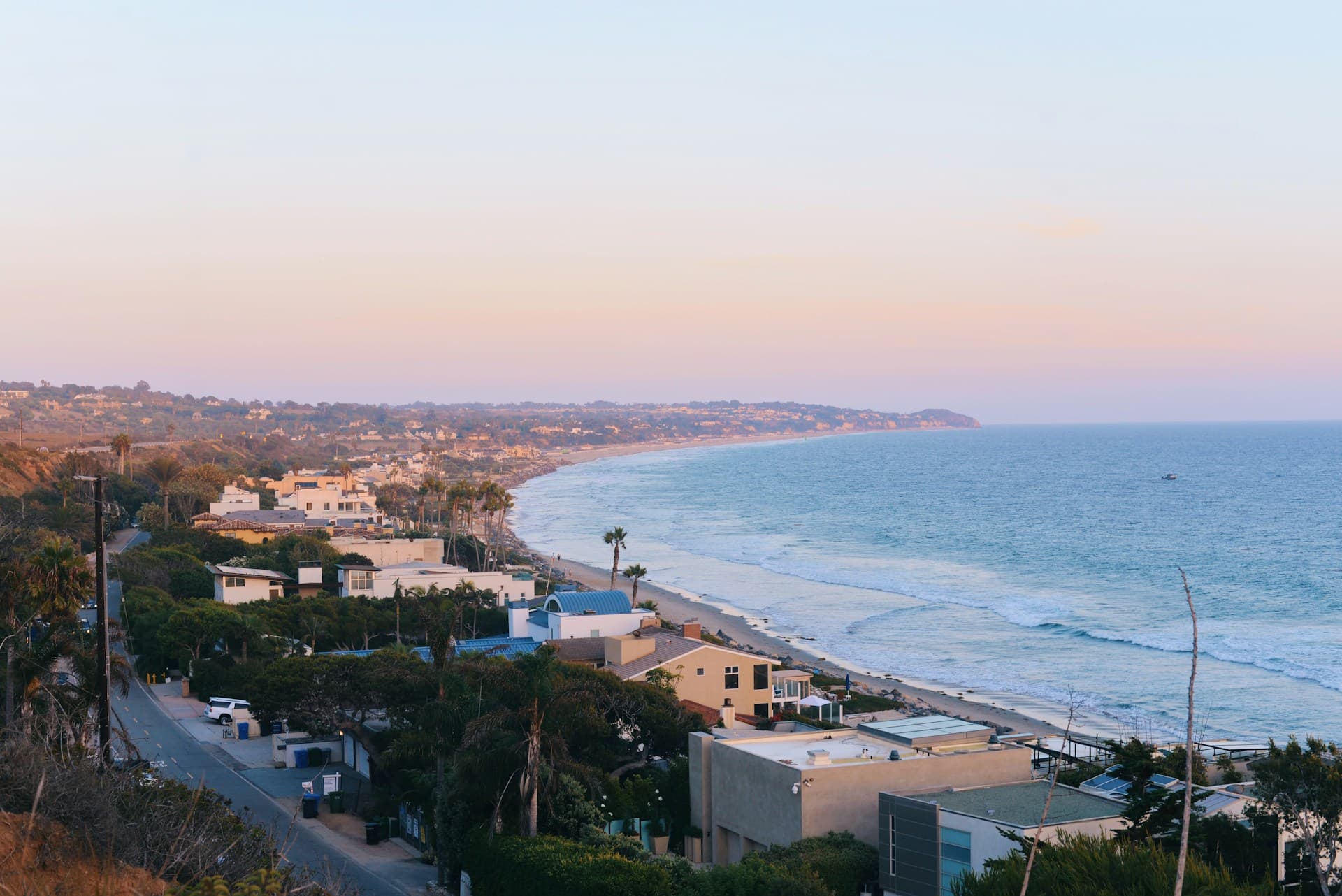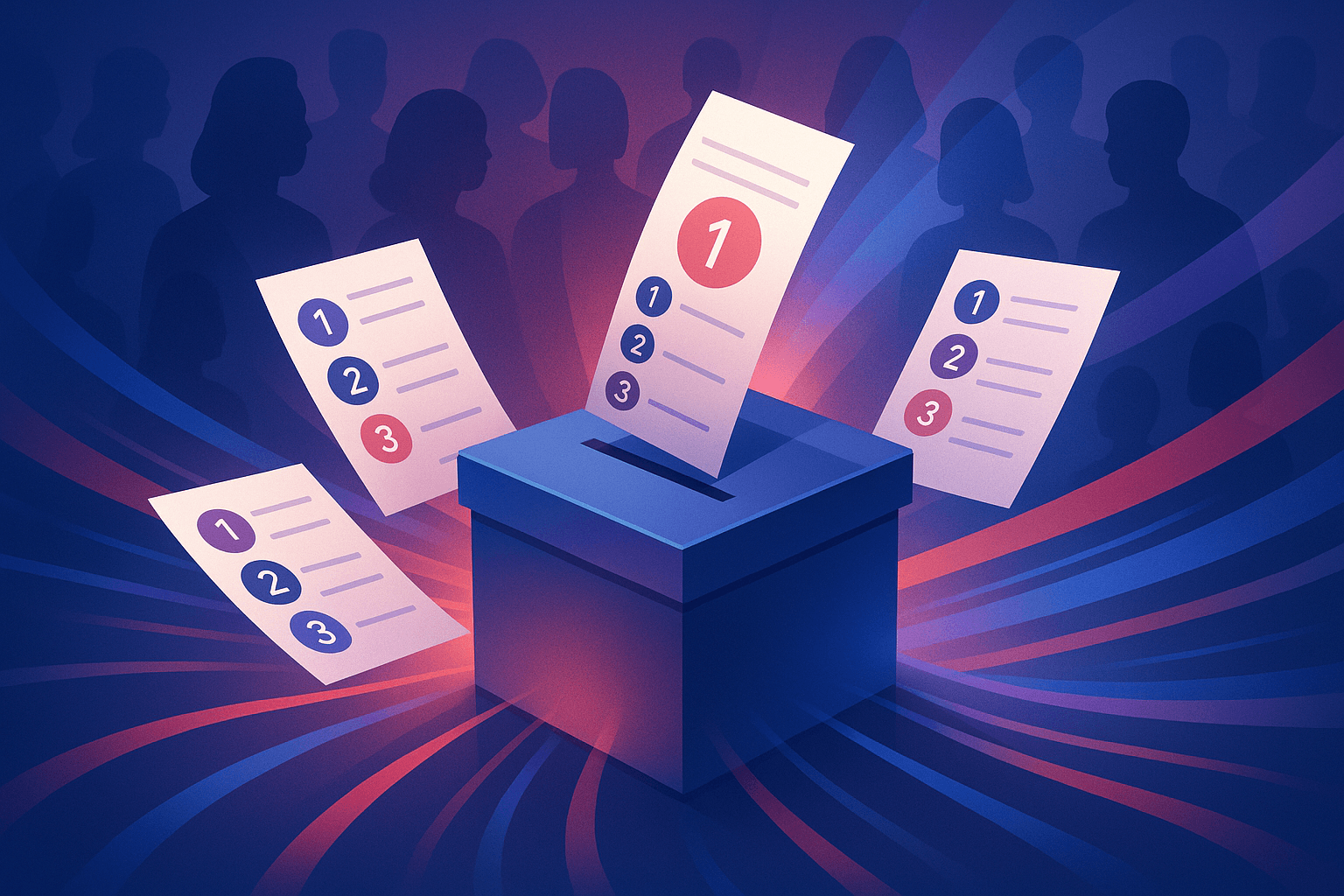Why America is Simply Ill-Equipped To Solve Gun Violence

Mark Duncan has already had a near death experience with a mass shooter.
His daughter Faryn, a 20-year-old student at University of Nevada Las Vegas found herself in the crosshairs at a country music festival.
Sometime during the last set, amid the loud music and flashing lights, she noticed people around her dropping to the pavement and spewing blood. Faryn managed to survive by hiding under the stage until brave strangers ushered her to safety.
COPING AFTER VEGAS SHOOTING
Mark's way of coping with the violence his daughter faced in Las Vegas is by trudging forward in the face of adversity. He thinks of the challenges his forefathers faced, and draws strength from the fact that they survived worse.
Regardless, as Duncan watches the horror in Florida on cable news, his mind turns to his teenage son Jack (not his real name). Jack's high school seems to be secure and easily defended. But Duncan, a dentist, tends to see the world through a scientific lens. What are the odds of Duncan's son being a victim in the next school shooting?
LOOKING AT THE ODDSGiven the media focus on school violence since Columbine, two decades ago, this should be an easy thing to figure out.
But it is not.
The difficulty in finding what should be a simple answer is due to a number of factors:
- conflicting accounts of the number of school shootings
- a lack of consistent deaths reported by the Centers for Disease Control and FBI
- the politicization of the issue by both Democrats and Republicans
Additionally, the media and the FBI have begun to suppress racial and age information about the murder suspect and victim.
FBI TRACKING DATAThe easiest answer to Mark's question comes from comparing FBI stats from 2015 (the last year the FBI tracked murders by age) and recent census data.
About 255 white children under 18 were murdered by firearms in 2015. In 2016, America was home to about 56,654,593 white children. So white children under 18 have a roughly 1 in 222,000 chance of being murdered by a firearm. Put another way, Duncan's son is about three times as likely to be murdered with a firearm than to be struck by lightning.
At 275 firearm murders in 2015, black children under 18 have about a 1 in 36,000 chance of dying from a firearm homicide, six times more likely than white children.
At least these are what Duncan estimates the odds to be. But he doesn't know, because he is using FBI murder victim data from 2015 and census information from 2016, and making some inferences. He decides to approach it from another angle with hopefully better data: what are the odds of Jack's school being targeted in the next school shooting?
POLITICIZATION OF THE DATANo consistent definition of school shootings exists and no relatively impartial government entity tracks school shootings. Many groups that do track school shootings have an agenda which is injected into their statistics.
Topping that list: The Everytown for Gun Safety Support Fund, which is the source behind the oft-quoted "18 school shootings in 2018 so far" statistic. Everytown casts an incredibly broad net when looking at school shootings. For instance, one of Everytown's purported eighteen school shootings in 2018 was a man who pulled in the parking lot of a Michigan elementary school that had been boarded up for seven months and killed himself.
The Washington Post on February 15 called out Everytown for that statistic, saying in a headline "That Number is Flat Wrong."
In 2015, the Post Fact Checker awarded Everytown four Pinocchios for the organization's claim that America has seen a school shooting every week since Sandy Hook.
On the other end of the spectrum is liberal magazine Mother Jones, hardly a tool of the National Rifle Association. Mother Jones' tally shows four mass shootings at schools since Sandy Hook in 2012.
Yet another organization, Gun Violence Archive, shows 16 school mass shootings since January 2014, about a year after Sandy Hook. The Archive defines mass shootings as an incident where four or more people are shot.
America has 98,200 public and 34,600 private K-12 schools. Using the middle number of four school mass shootings a year from Gun Violence Archive finds Mark's son's school has a one in 33,200 chance of being the target of a mass school shooting.
What about government statistics?
FBI SUPPRESSES VICTIM DATAThe FBI uniform crime report had rich information for researchers about gun violence, but many of its key categories have been removed. In 2015, the FBI posted eight tables describing the attributes of murder victims. In 2016, the Bureau posted two tables. When contacted by IVN about the missing race and age demographic data of victims, the FBI replied in an email "A statement in this regard will be forthcoming. The data is available. Please send your data request to XXX@fbi.gov."
The FBI gave no reason as to why it has withheld the important data for victims from the public Uniform Crime Report.
The FBI also does not have any statistics on the number of murders committed using assault weapons. The broader category of murder by rifle, of which assault rifles would be a subset, shows 374 rifle murders in the US in 2016.
The Centers for Disease Control produces studies of causes of deaths for all Americans every year using medical examiner reports. While an excellent resource, it gives less context to firearm homicides than the FBI did up until 2016 - type of weapon, whether the death was part of a mass
HOW CAN YOU SOLVE A PROBLEM YOU CAN'T DESCRIBE?
Despite the close call with his daughter, Duncan is not convinced that banning a certain class of firearm will end mass shootings in America. But he would like to base his opinion on data.
After poring over these statistics - the same statistics available to policy makers who want to solve the problem - Mark is disgusted by the whole process. "Before we lose more kids or forfeit more rights, I'd like everyone to sit down a the table and have a rational debate on this. Google knows every place I went this week, but nobody can tell me how many school shootings we had last year."
Duncan relies on science for his profession, and the lack of data in this debate is perplexing him. "If I used the same quality of data in my dental office that is being used to figure out school shootings, I would have a lot of patients with really messed up teeth." Mark pauses for a reflective moment. "How can you solve a problem you can't even describe?"
America is woefully ill-equipped to have a larger, data-driven public policy conversation about the complex sources of or solutions to gun violence in school.





